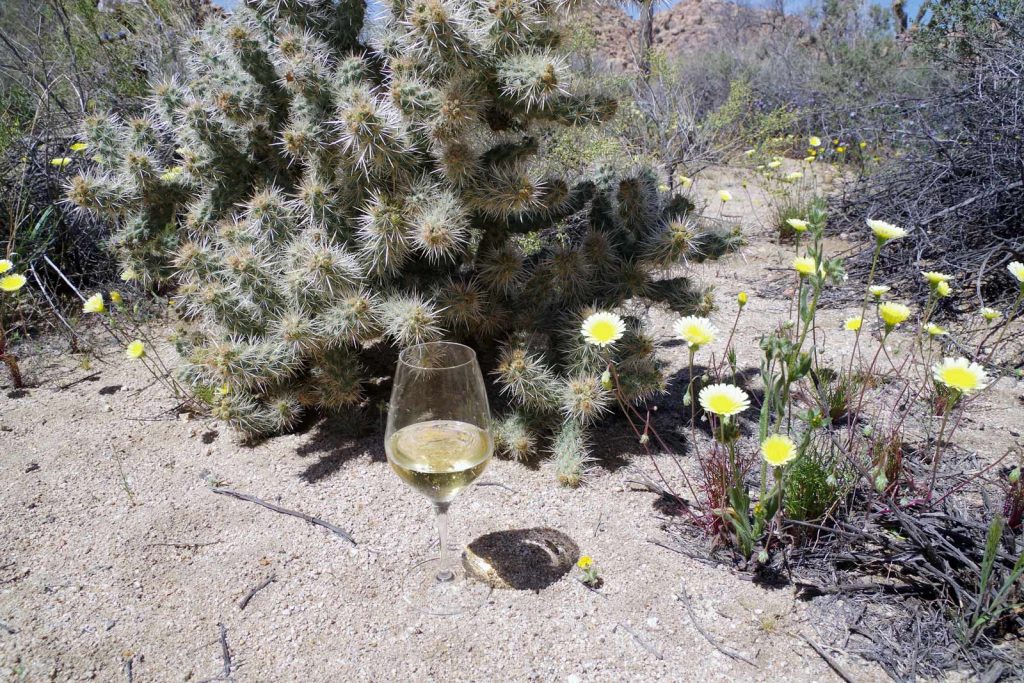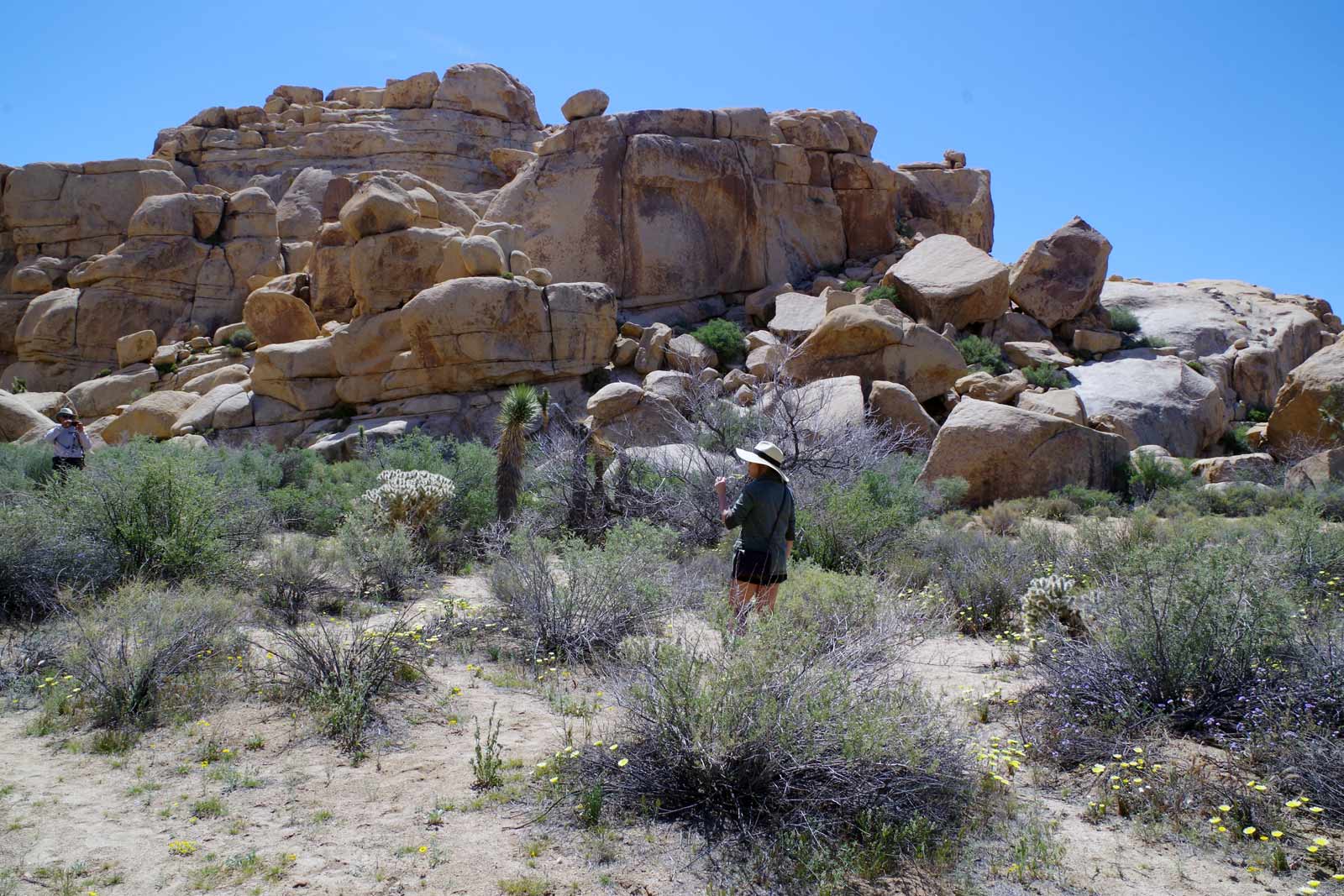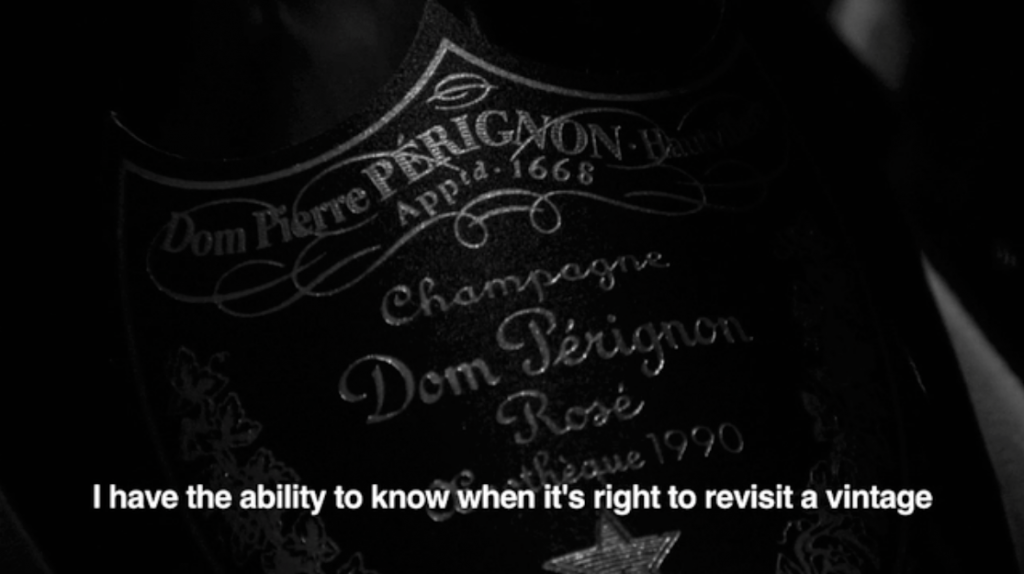Exploring Dom Pérignon P2 1998 at Joshua Tree
Why the prestige brand’s vintage felt at home in the desert

While Dom Pérignon‘s Chef de Cave (in essence, cellar master and winemaker) Richard Geoffroy admittedly loves California, that isn’t the reason why the brand hosted a series of tastings for Dom Pérignon’s P2 1998 there. This past week, Geoffroy guided us through the brand’s luxuriant Second Plénitude vintage in Joshua Tree National Park and at two Mid-Century Modern homes in and around Palm Springs, California. Throughout the experience, Geoffroy drew connections between the nature of the champagne and the nature of the region. It was a successful attempt at bridging metaphors that opened up the complex vintage to the palates of those looking to affix a definition to its taste. Intensity is a takeaway felt by the tongue, but it’s elegant through and through. And so were the parallels drawn from the stunning settings.

We are now the midst of National Parks Week, and as a means of celebrating the centennial anniversary of the National Parks Program, all entry is free. While the Dom Pérignon tastings took place just prior, they were a valued reminder of the power of such locations—wherein guests manage to feel both exceptionally small and entirely involved. From Skull Rock to Keys View and all that lies between, the landscape carries drama and showcases the impact of the elements over time. In fact, the rock formations located across the deserts within the park have been developing for over 100 million years. Here, one sees a parallel comparison (though, on a smaller scale) with the Second Plénitude champagne.

As wind and groundwater impact rock in the park, 16 years of aging (12 of which are in bottles on lees—meaning with yeast and sediment still active—within the Dom Pérignon cellars) make the Second Plénitude distinct. Imagine a little universe of wine development housed within glass and stoppered by cork, left to the devices of nature. 16 years is a substantial time for maturation in the world of vintage champagne (where three is the legal requirement and seven is the Dom Pérignon minimum). The result here is dramatic, and that’s a pillar of P2 as a category. “Time is bringing so much energy to it,” Geoffroy observes with his usual poeticism. He references Joshua Tree, to explain further: “I really believe it is all about the shared vibrancy and depth. This is deeply rooted and connected to the elements, and I’d say to the lands as well—so mineral, so magnetic and so spiritual.”

Geoffroy continued his tutorial across two homes. From the Marmol Radziner Desert House to Palm Spring’s landmark Elrod House (a location used in the 1971 James Bond film “Diamonds Are Forever”), the Chef de Cave tried to make something very clear: most can only handle radiance when it’s kept structured. Structure appears two-fold here. First, there’s the structure of the Plénitude classification, which means, in essence a milestone transition. Geoffroy believes there are three instances of development in champagne aging: one being around seven years, another around 15 or so, and the final being at 30 or 40. P2 fits clearly into the second category.

It’s the intensity without the fatigue
The second form of structure falls within Geoffroy’s vision for the taste profile. He maintains the brand’s signature creamy mouthfeel, but something extends forth afterward. “It’s the richness without the weight,” he begins. “I could word it differently: It’s the intensity without the weight. Or,” he concludes, “it’s the intensity without the fatigue.” To translate this, the nutty creaminess yields to an aromatic power—a bit fruity, a bit honeyed—that stimulates and soothes at the same time. The very strong finish feels effervescent to the end. Rather than dominating, however, it excites—much like the reinforced concrete spaceship of the Elrod House and even the thriving landscapes of Joshua Tree.
Dom Pérignon’s P2 1998 is available at wine shops and restaurants worldwide, priced around $375 per bottle.
Images by David Graver












